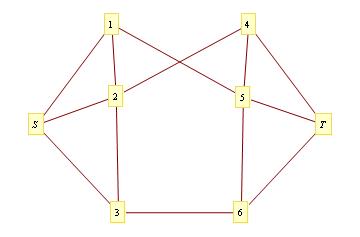This is an answer that was a comment before. I left the content of the comment, because it was leading to the answer.
The problem is NP-complete. The content of the comment:
As I mentioned earlier in the comments, an immediate upper bound to the number of such paths is $$\min_{C \subset V(G)} \alpha(C)$$ where $C$ cuts $s$ from $t$. But the following example shows that we can not always achieve this bound:
 .
.
As there are three vertex disjoint paths from $s$ to $t$, Menger's theorem says that every vertex cut contains at least three vertices. This graph without $s$ and $t$ is triangle-free, so for every cut $C$ the independence number $\alpha(C)$ is at least $2$. But we can have only one path from $s$ to $t$ as desired. (If we want two paths we can not use 2 or 5, but if we can not use them, there is only a single path.)
The proof of NP-completeness: The problem of finding an independent set of size $k$ can be reduced to this problem. Consider a graph $G$ and add two additional vertices $s$ and $t$, connect them both with every vertex of $G$. Now the maximal number of non-adjacent paths is $\alpha(G)$. Thus computing it efficiently is considered one of the hardest tasks.

 .
.